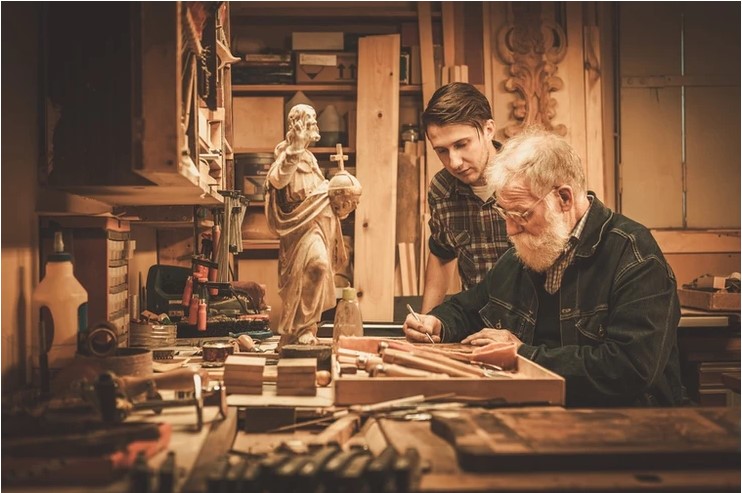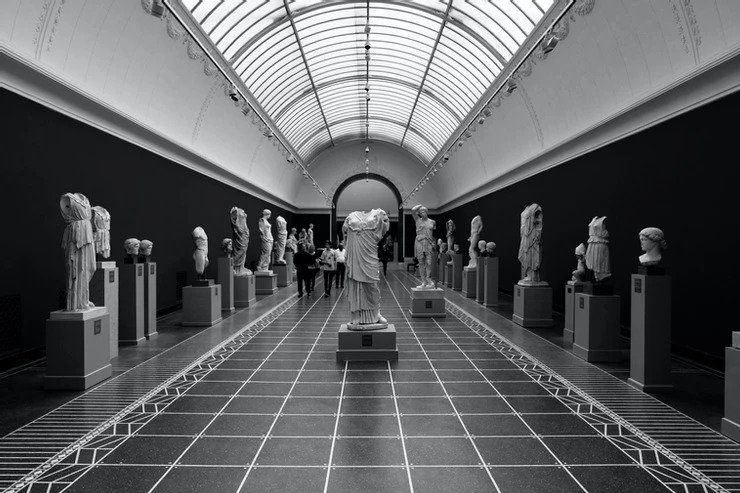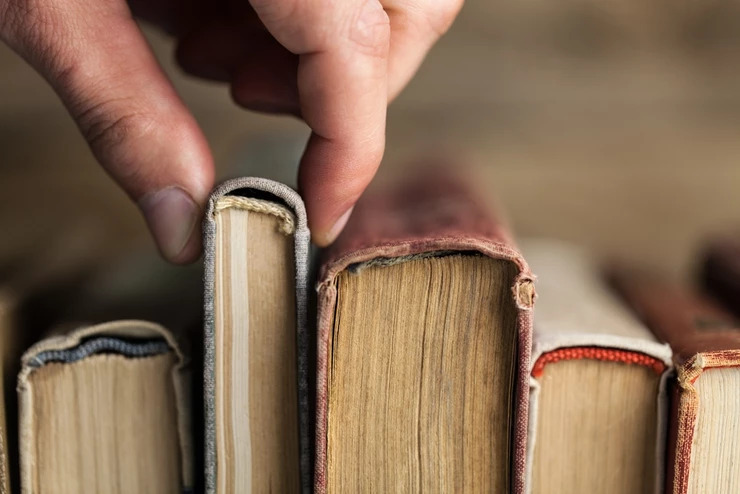In the world of museum collections care, many phrases and terms might be confusing. Even the most experienced art conservators might use one term when they intended to use another. While using confusing shadows for shading or interchanging the term classic with classical can be a silly mistake in museum care, it is rather a harmless mistake.
But some terms can lead to serious outcomes if interchanged. The most common mistaken terms are restoration, art conservation, and art restoration.
Though these three terms are often confused, they are set apart by many differences. While they are associated with enhancing the artwork, restoration and conservation have different methods to treat an artwork. When someone looking to get their artwork restored interchanges these terms, they could be ending up putting their expensive artwork in the wrong hands.
By figuring out the differences between art conservation, art preservation, and art restoration, you can make an informed decision about the process they want. All are important parts of historic preservation.
Here we have come up with some differences between art conservation and art restoration to clear any doubts about these three fields of work.
Understanding the Definition of Art Preservation, Conservation, and Restoration:
What is Art Preservation?
Art preservation involves protecting an object from destruction and making sure that the object is not altered or changed. It is a commonly used term for architecture and the built environment.
What is Art Conservation?
Conservation refers to the process of preserving the maximum amount of the original material in as unaltered condition as possible. All additions or repairs should be reversible and removable without impacting the condition of the original material, even in the future. However, conservation doesn’t encompass artistic choices or material experimentation on the object. An museum art conservator is also responsible for preserving the original work. It requires them to be skilled in cleaning, repairing, and oftentimes, removing old restoration attempts. They have to make sure that the art is preserved for years to come. They attempt to keep the original piece in its original form as possible.
What is Art Restoration?
Restoration refers to the process of bringing an object back to its original position or condition. When restoring an art object, the absolute focus is on its final appearance. The client and restorer determine the most desirable period of an object’s life, and the restorer does whatever is required to return the object’s original appearance. Some restorers might not consider the long-term, damaging impacts of using certain materials on artwork.
However, it should not be confused with a renovation that is the process of making an object look new. It should be performed by an experienced and knowledgeable person. Otherwise, unsafe practices, tools, and cleaning supplies can lead to irreversible damage immediately or in the future.
Choose the Right Professional to Work With
We hope that you must have understood the key differences between preservation, conservation, and restoration. Like we have said before, every practice plays important role in historic preservation.
Whatever you choose, make sure to work with a certified professional. It will give you peace of mind that your artwork is in the safe hand. They are knowledgeable and certified for maintaining and improving the piece of art. Whether you have an artwork that needs to be cleaned, a sculpture that has to be reassembled, or an artifact that needs to be repaired, choosing the right professional can give your beloved piece of art a new lease of life.
What do you think? Want to say something else? Let us know by commenting below!
Related Article: https://www.barbaraappelbaumbooks.com/post/the-art-conservation-guide-barbara-appelbaum-books



